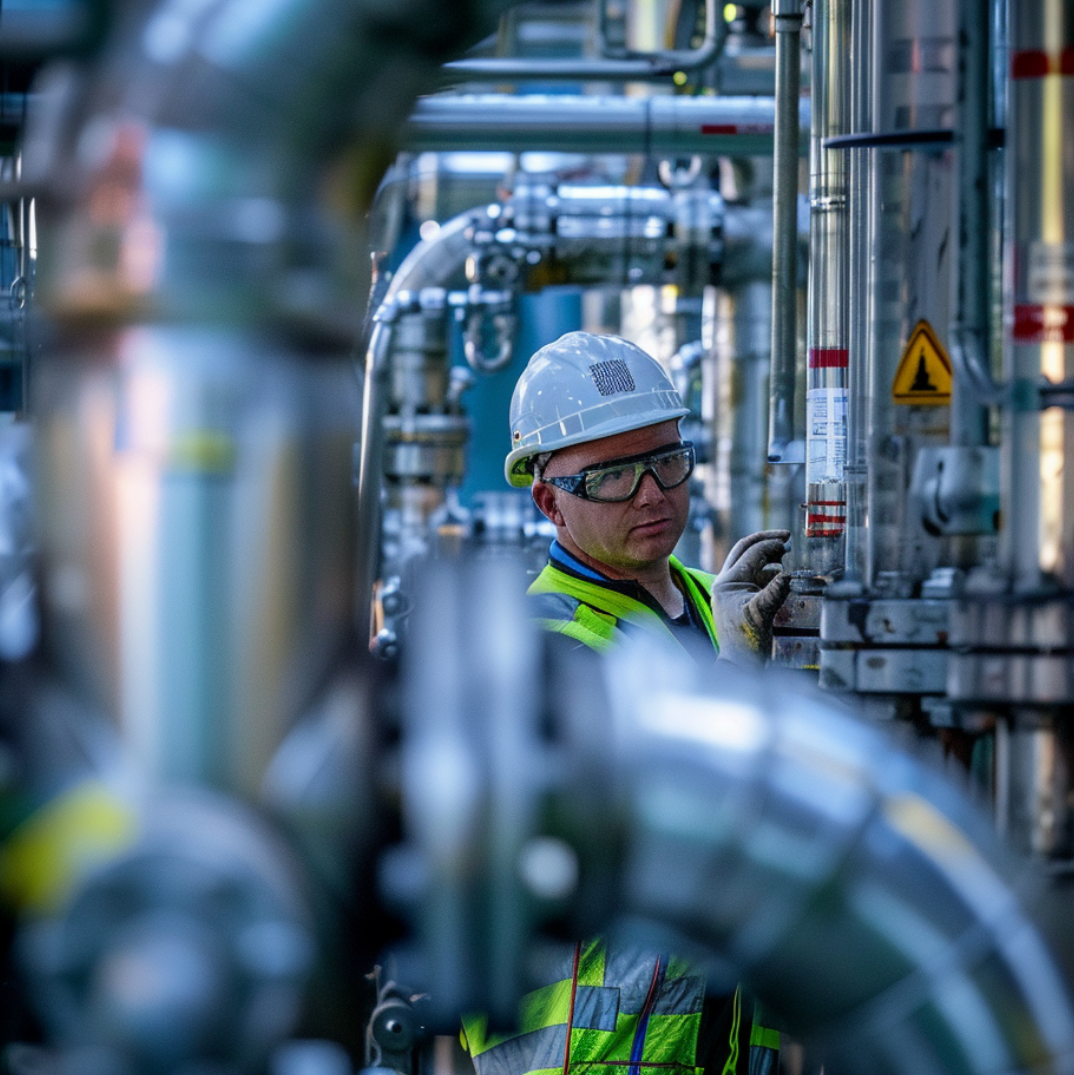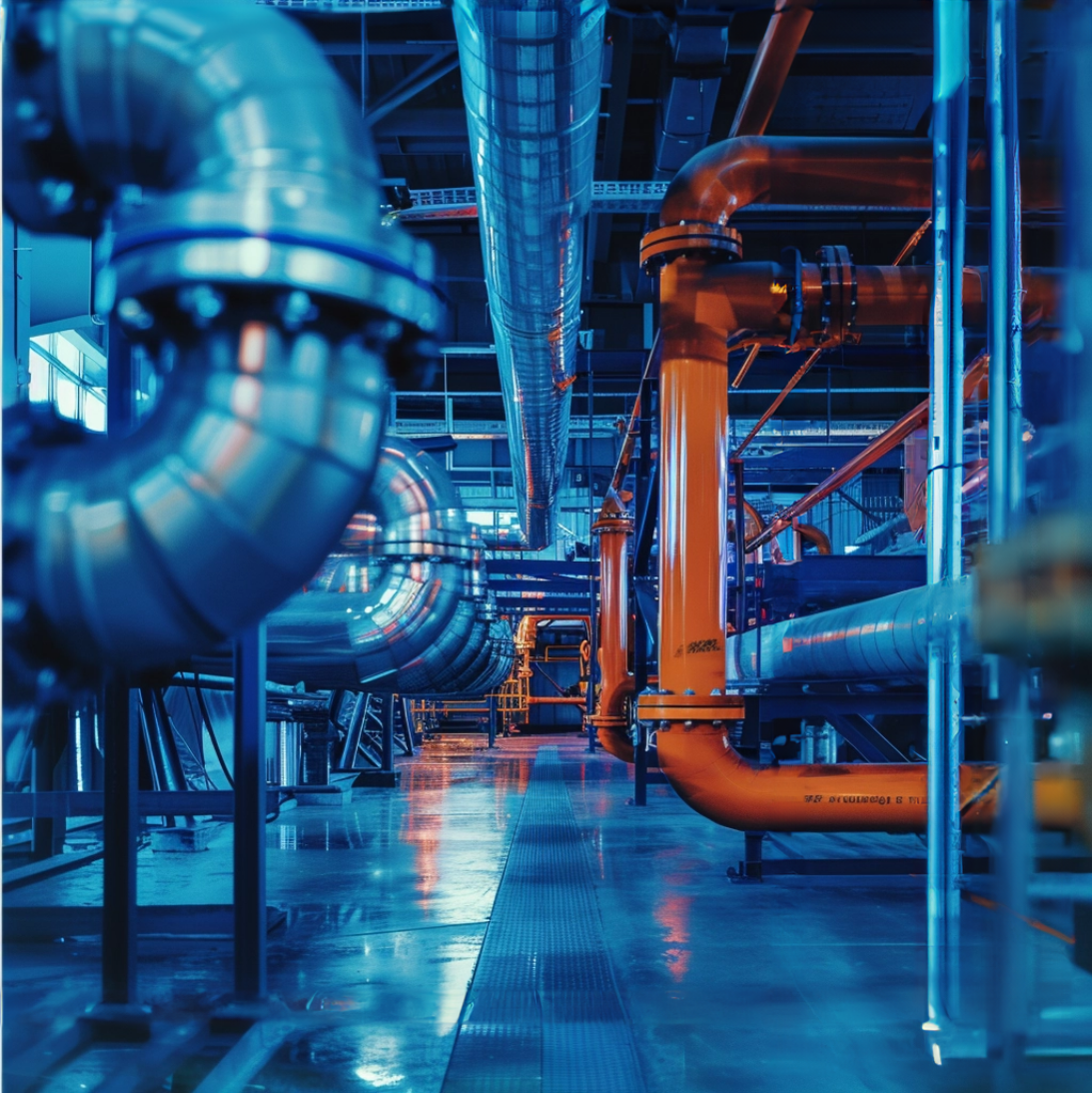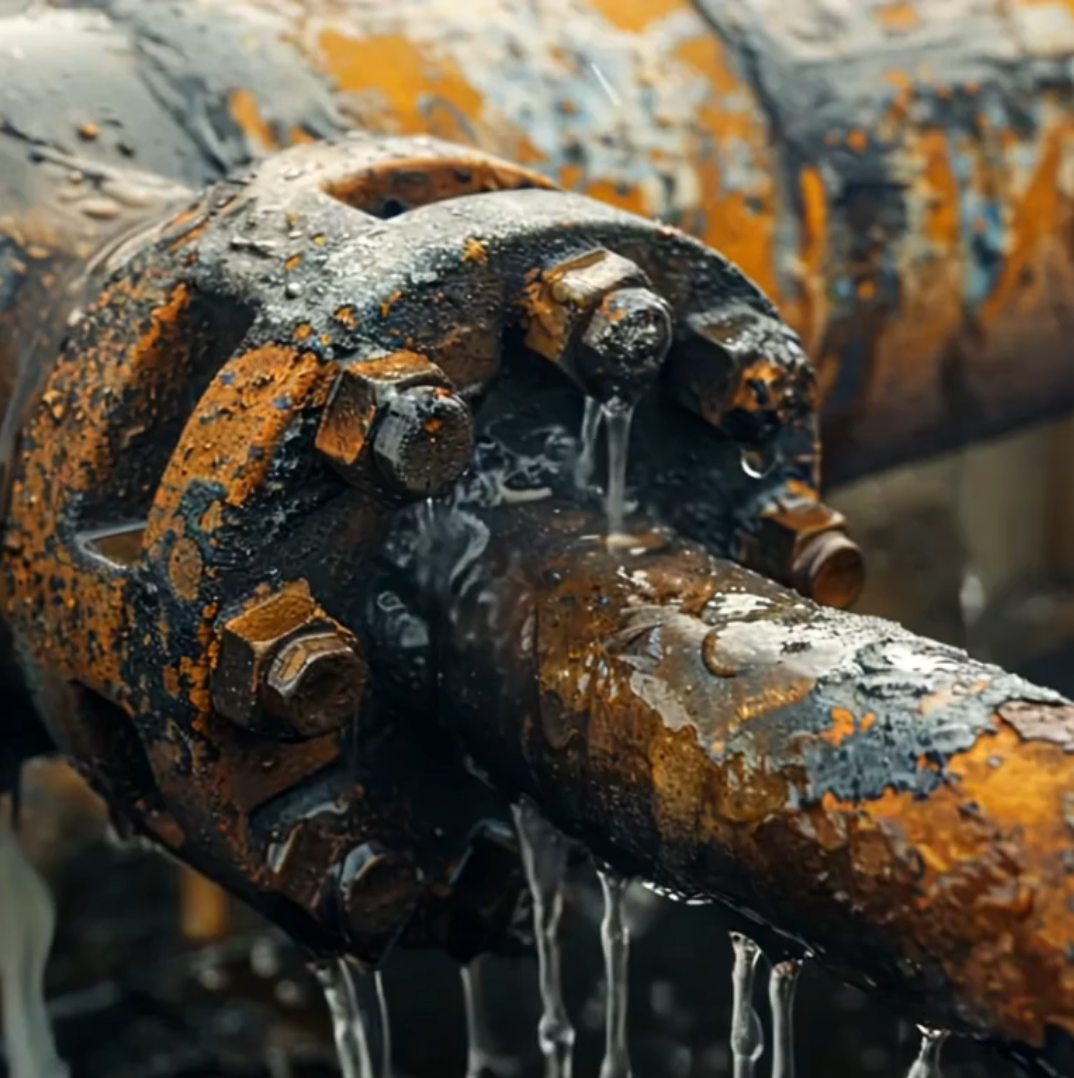In the industrial sector, particularly in the (petro)chemical industry and sustainable gas production, the life cycle analysis of pipelines is crucial. Pipelines are the lifeblood of these industries, making the integrity and durability of these systems essential for ensuring continuous and efficient operations. One of the most significant threats to the lifespan of pipelines is corrosion. In this article, we discuss the impact of corrosion on pipeline lifespan and how Clambrace’s innovative solutions can significantly extend this lifespan.
The impact of corrosion on pipelines
Corrosion is an electrochemical process in which metals degrade due to reactions with their environment. For pipelines, this can mean weakening, leaks, and eventual failure, leading to costly downtime, environmental pollution, and safety risks. The key factors contributing to pipeline corrosion are:
- Environmental conditions: Moisture, salt, chemicals, and temperature variations can accelerate the corrosion process.
- Material selection: The composition and properties of the pipe material influence how quickly corrosion occurs.
- Protection methods: Lack of adequate protective measures such as coatings or galvanic protection.
Life cycle analysis of pipelines
A life cycle analysis (LCA) of pipelines involves evaluating all stages of their lifespan, from production to disposal, with particular attention to sustainability and reliability. The LCA helps identify weaknesses and provides insights into how maintenance and advanced technologies can extend the lifespan.
Phases of an LCA for pipelines:
- Design and materials: Selection of corrosion-resistant materials and innovative design solutions.
- Production and installation: Use of techniques that minimize initial corrosion.
- Operational maintenance: Regular inspections and maintenance to detect and address early signs of corrosion.
- End of life: Environmentally friendly disposal and recycling of pipelines.
Clambrace: innovative solutions for corrosion prevention
Clambrace plays a crucial role in extending the lifespan of pipelines by offering innovative solutions that prevent and combat corrosion. Here are some ways in which Clambrace contributes to a longer lifespan of pipeline systems:
- Modular clamps: Clambrace’s modular clamps eliminate the need for welding and drilling, preventing pipelines from being exposed to mechanical stresses that can accelerate corrosion. This ensures faster and safer installation and reduces the risk of corrosion.
- Enhanced ventilation: Our clamps are designed to promote ventilation around pipelines, which is essential for preventing moisture buildup and thus corrosion.
- Durable materials: Clambrace uses high-quality, corrosion-resistant materials that guarantee a longer lifespan for pipelines. This reduces the need for frequent replacements and maintenance.
- Cost savings: By extending the lifespan of pipelines and reducing the frequency of maintenance, Clambrace solutions help save long-term costs. This includes both direct savings on maintenance and indirect savings through reduced downtime and higher operational efficiency.
- Safety and reliability: Clambrace’s technology minimizes the risk of leaks and ruptures, contributing to a safer work environment. This is especially important in industries where pipelines are exposed to high pressure and aggressive chemicals.
Conclusion
Corrosion is a significant threat to the lifespan of industrial pipelines, but with thorough life cycle analysis and the right preventive measures, these effects can be minimized. Clambrace offers innovative solutions that not only extend the lifespan of pipelines but also improve safety, save costs, and contribute to sustainability. By choosing Clambrace, companies choose a reliable partner in the fight against corrosion, leading to more efficient and sustainable operations.
Discover how our innovative solutions prevent corrosion and reduce costs. Visit the product page to find the right Clambrace for your project.









